"What kind of leather do you you use? I assume it's genuine leather? Could you tell me where you source it from?" -Jason

Some vegetable-tanned hides I'll need to cut up tomorrow.
Great questions, Jason. The leather we use is the real deal. It is the same leather used for horse bridles and equestrian gear. It is meant to harness rearing horses and be outdoors and is thus a perfect application for bicycles.
We use both vegetable-tanned leather and bridle leather for our different products. We purchase the leather from Oregon Leather, who purchases it from the Hermann Oaks tannery in St. Louis, MO.
Oregon Leather is a terrific leather supply store in downtown Portland, Oregon that has been owned by the same family for three generations. When I walk in, sometimes it feels a little like
Cheers - sometimes you want to go where everybody knows your name, you know? I feel great about sourcing my leather from such a terrific local company.
Hermann Oaks Tannery has been around since 1881, when it was supplying tack for settlers embarking on the Oregon Trail. I'd like to think that their ancestors sold my ancestors the reins that got them here to Oregon, but of course who knows if that could ever possibly be true. It is a fourth-generation family-owned company, and their leather supplied our soldiers in both World War I and II.
Their leather is made from US steer hides, which are a byproduct of the American beef cattle industry. Only something like 10% of beef cattle hides are actually turned into leather, due to a combination of lack of demand and not all hides being of sufficient quality to turn into leather. The rest of beef cattle hides are landfilled.
Hermann Oaks is also one of the few remaining operating tanneries in the USA. Most leather you see on the market these days is garment leather sourced from China or Mexico, where lax environmental laws reduce the price of the leather at the cost of the environment.
It's important to us that we purchase hides tanned in the USA so that they must follow more stringent US environmental laws.
That's the story of how we source our leather. More on the differences between garment, veg-tan and bridle leather later.
 Some vegetable-tanned hides I'll need to cut up tomorrow.
Great questions, Jason. The leather we use is the real deal. It is the same leather used for horse bridles and equestrian gear. It is meant to harness rearing horses and be outdoors and is thus a perfect application for bicycles.
We use both vegetable-tanned leather and bridle leather for our different products. We purchase the leather from Oregon Leather, who purchases it from the Hermann Oaks tannery in St. Louis, MO.
Oregon Leather is a terrific leather supply store in downtown Portland, Oregon that has been owned by the same family for three generations. When I walk in, sometimes it feels a little like Cheers - sometimes you want to go where everybody knows your name, you know? I feel great about sourcing my leather from such a terrific local company.
Hermann Oaks Tannery has been around since 1881, when it was supplying tack for settlers embarking on the Oregon Trail. I'd like to think that their ancestors sold my ancestors the reins that got them here to Oregon, but of course who knows if that could ever possibly be true. It is a fourth-generation family-owned company, and their leather supplied our soldiers in both World War I and II.
Their leather is made from US steer hides, which are a byproduct of the American beef cattle industry. Only something like 10% of beef cattle hides are actually turned into leather, due to a combination of lack of demand and not all hides being of sufficient quality to turn into leather. The rest of beef cattle hides are landfilled.
Hermann Oaks is also one of the few remaining operating tanneries in the USA. Most leather you see on the market these days is garment leather sourced from China or Mexico, where lax environmental laws reduce the price of the leather at the cost of the environment. It's important to us that we purchase hides tanned in the USA so that they must follow more stringent US environmental laws.
That's the story of how we source our leather. More on the differences between garment, veg-tan and bridle leather later.
Some vegetable-tanned hides I'll need to cut up tomorrow.
Great questions, Jason. The leather we use is the real deal. It is the same leather used for horse bridles and equestrian gear. It is meant to harness rearing horses and be outdoors and is thus a perfect application for bicycles.
We use both vegetable-tanned leather and bridle leather for our different products. We purchase the leather from Oregon Leather, who purchases it from the Hermann Oaks tannery in St. Louis, MO.
Oregon Leather is a terrific leather supply store in downtown Portland, Oregon that has been owned by the same family for three generations. When I walk in, sometimes it feels a little like Cheers - sometimes you want to go where everybody knows your name, you know? I feel great about sourcing my leather from such a terrific local company.
Hermann Oaks Tannery has been around since 1881, when it was supplying tack for settlers embarking on the Oregon Trail. I'd like to think that their ancestors sold my ancestors the reins that got them here to Oregon, but of course who knows if that could ever possibly be true. It is a fourth-generation family-owned company, and their leather supplied our soldiers in both World War I and II.
Their leather is made from US steer hides, which are a byproduct of the American beef cattle industry. Only something like 10% of beef cattle hides are actually turned into leather, due to a combination of lack of demand and not all hides being of sufficient quality to turn into leather. The rest of beef cattle hides are landfilled.
Hermann Oaks is also one of the few remaining operating tanneries in the USA. Most leather you see on the market these days is garment leather sourced from China or Mexico, where lax environmental laws reduce the price of the leather at the cost of the environment. It's important to us that we purchase hides tanned in the USA so that they must follow more stringent US environmental laws.
That's the story of how we source our leather. More on the differences between garment, veg-tan and bridle leather later.
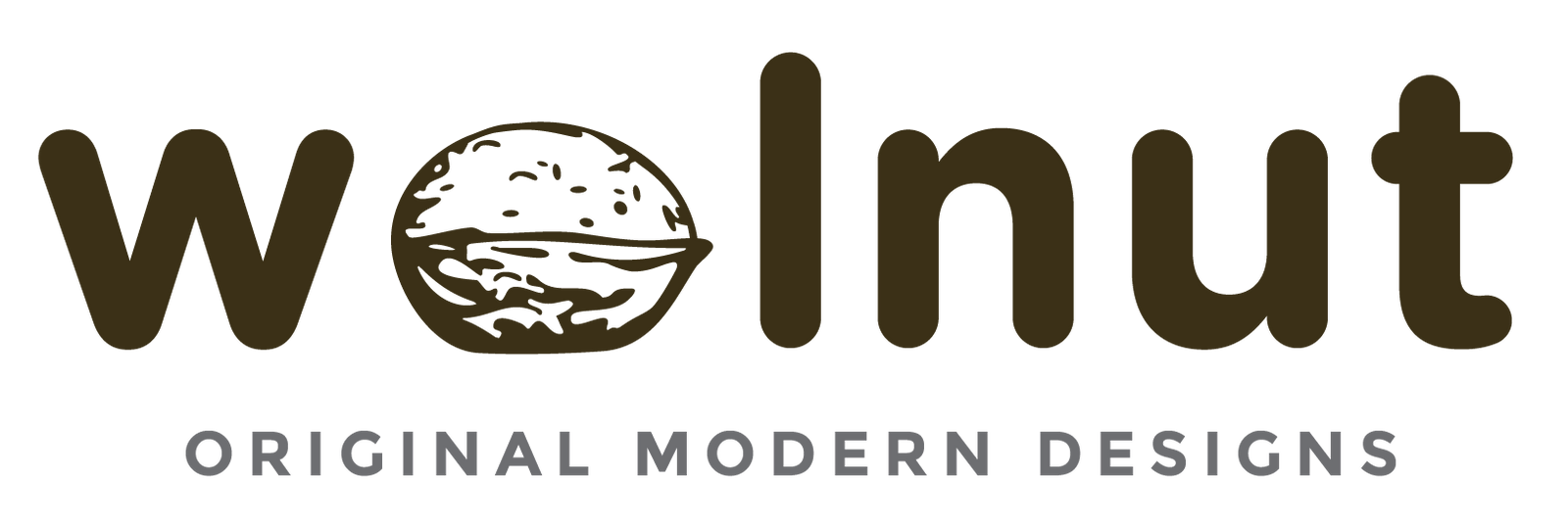
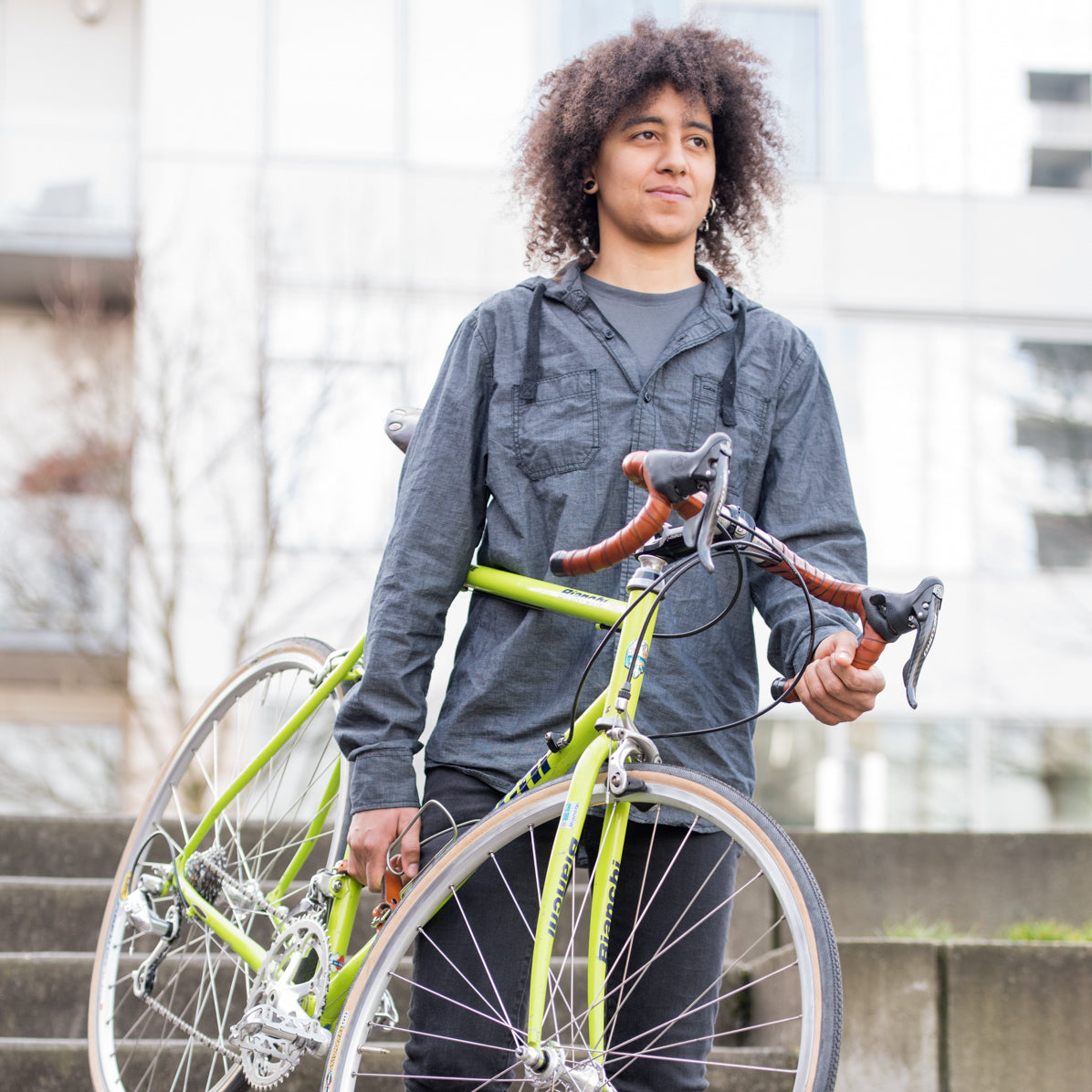
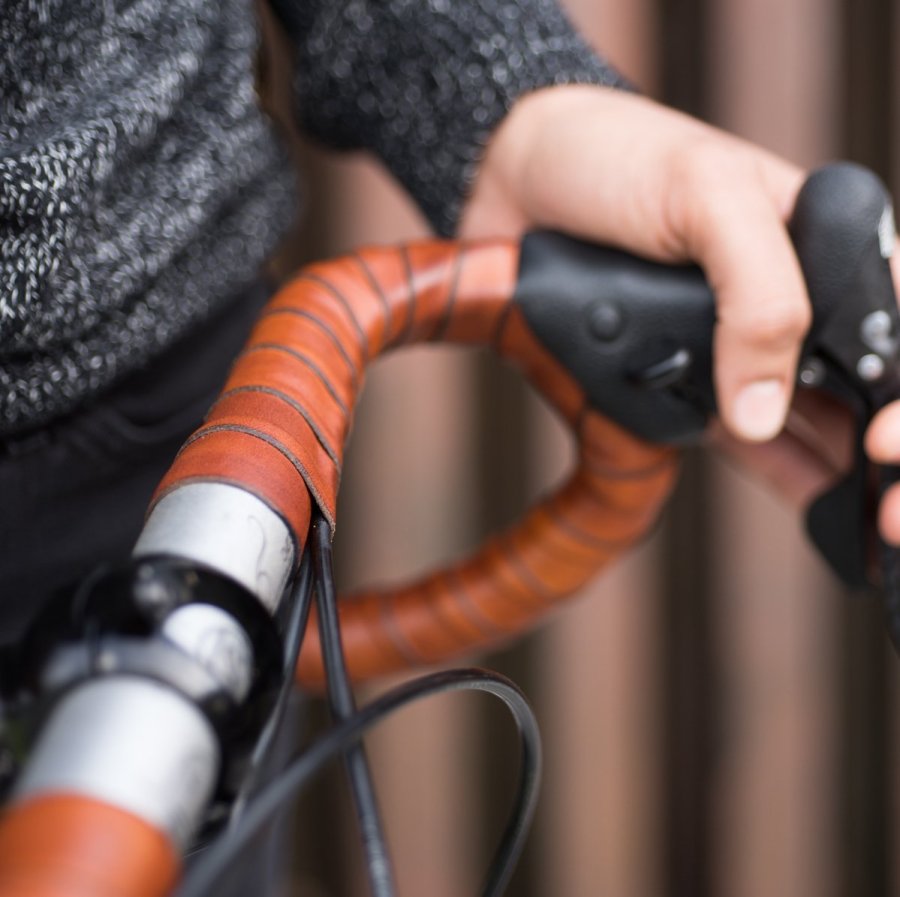
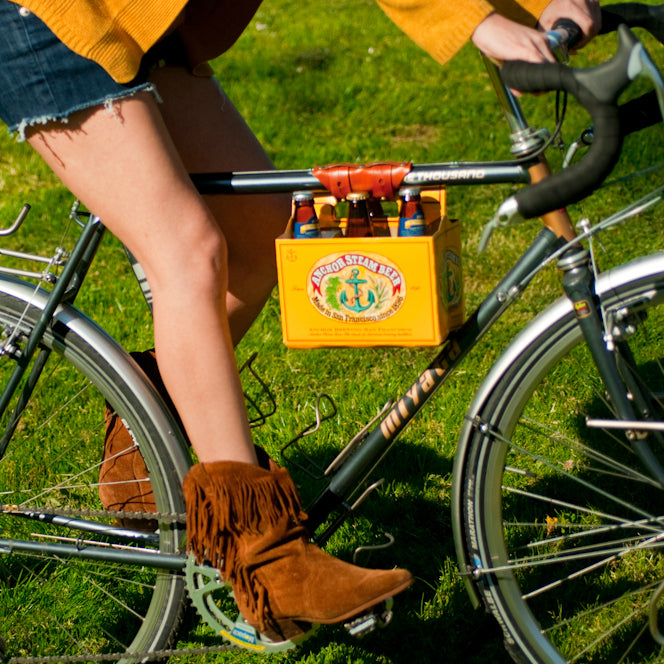
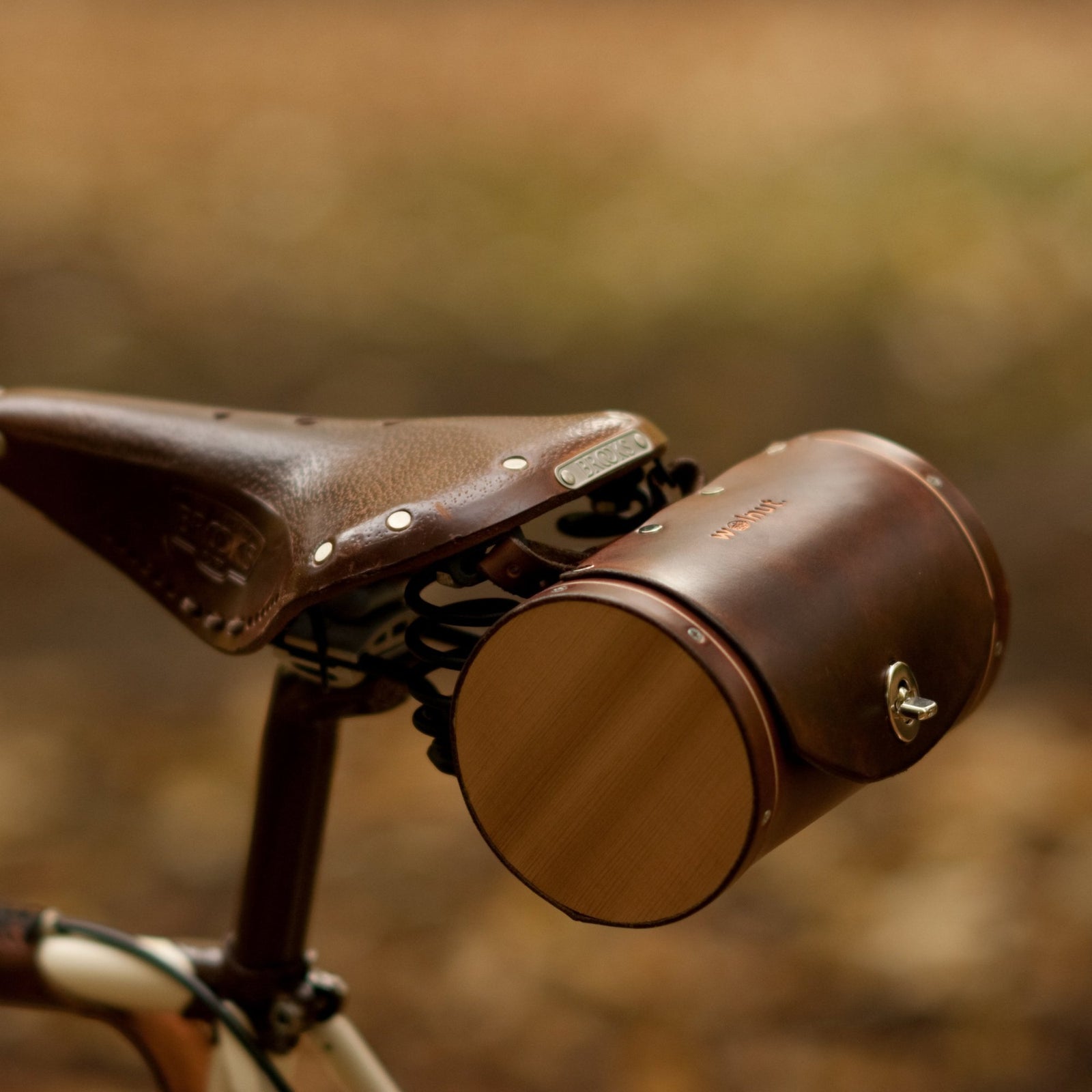
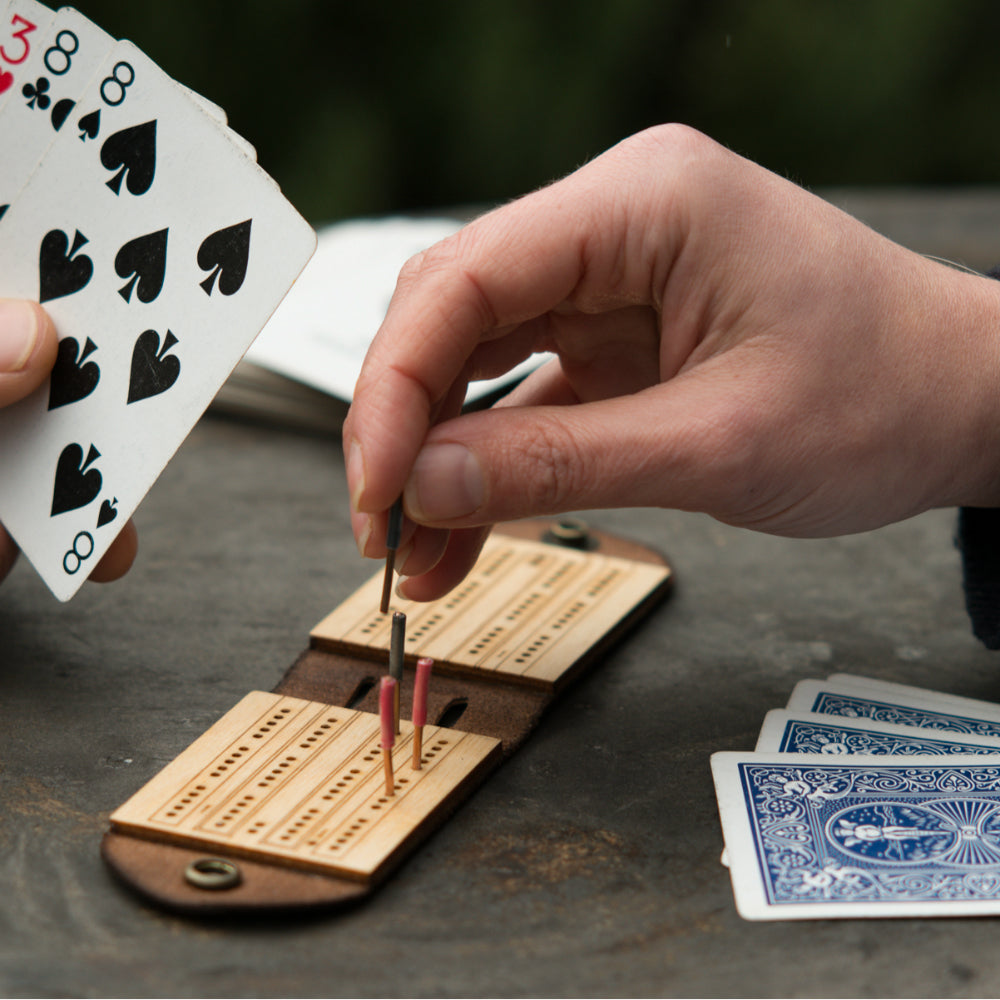
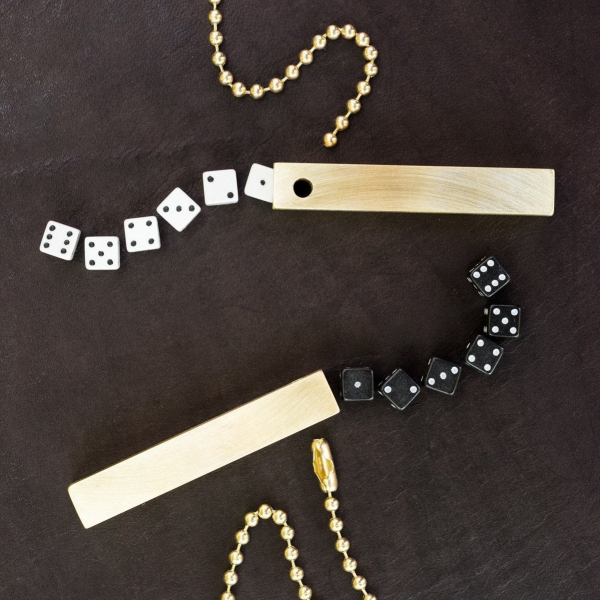
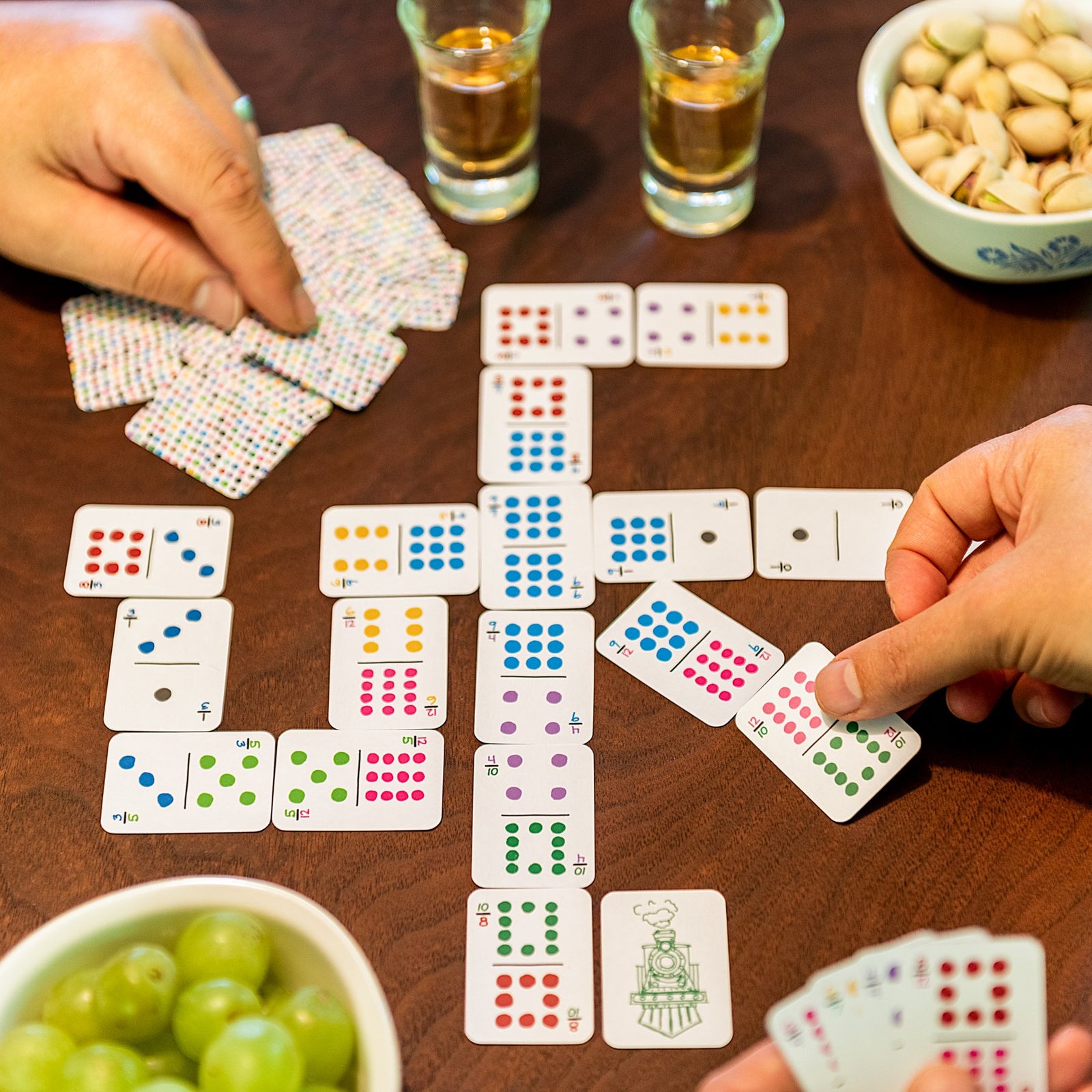
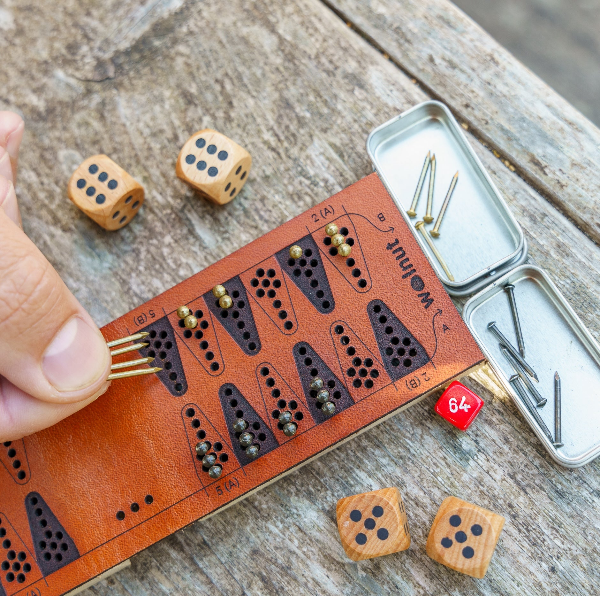
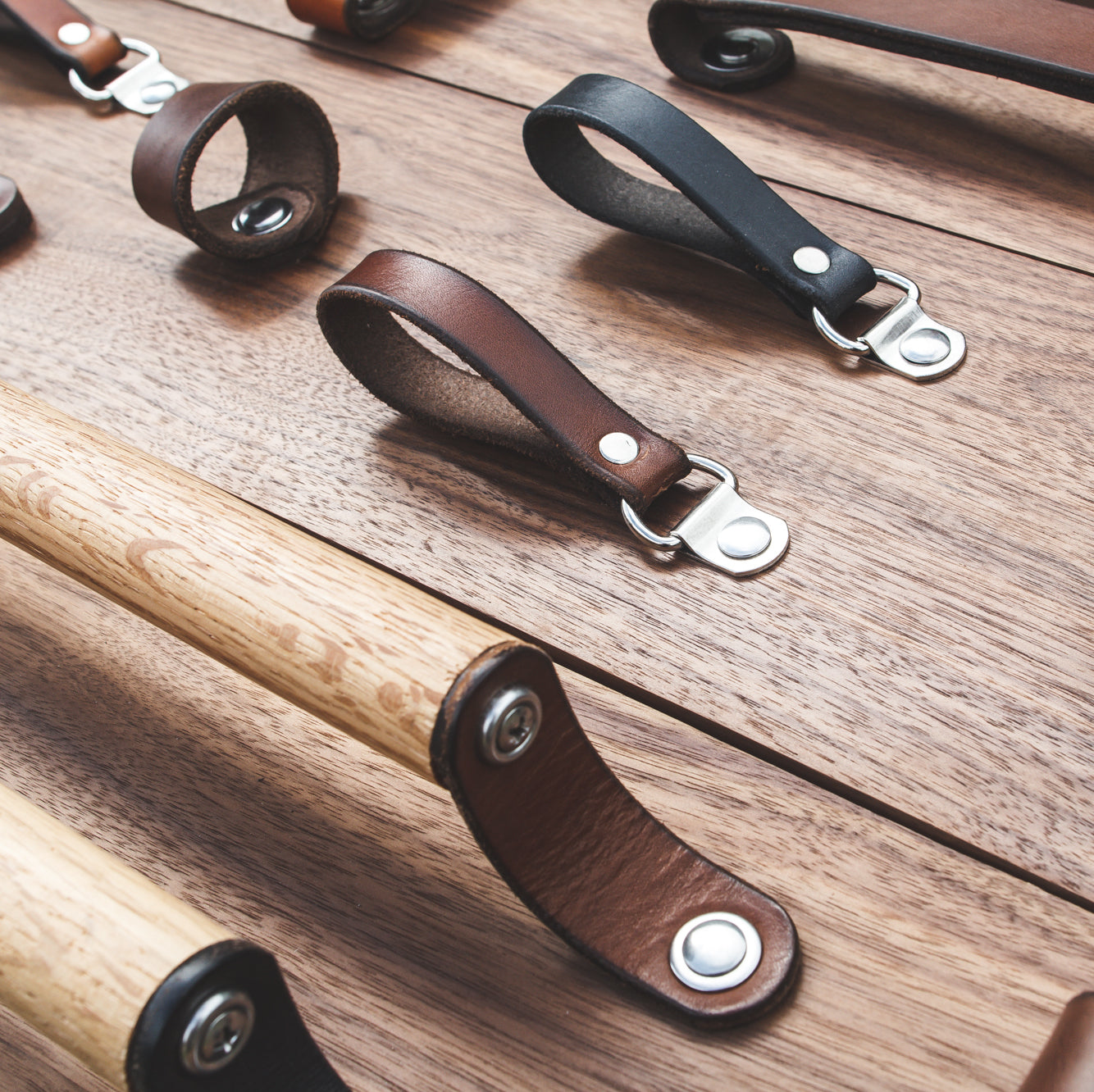

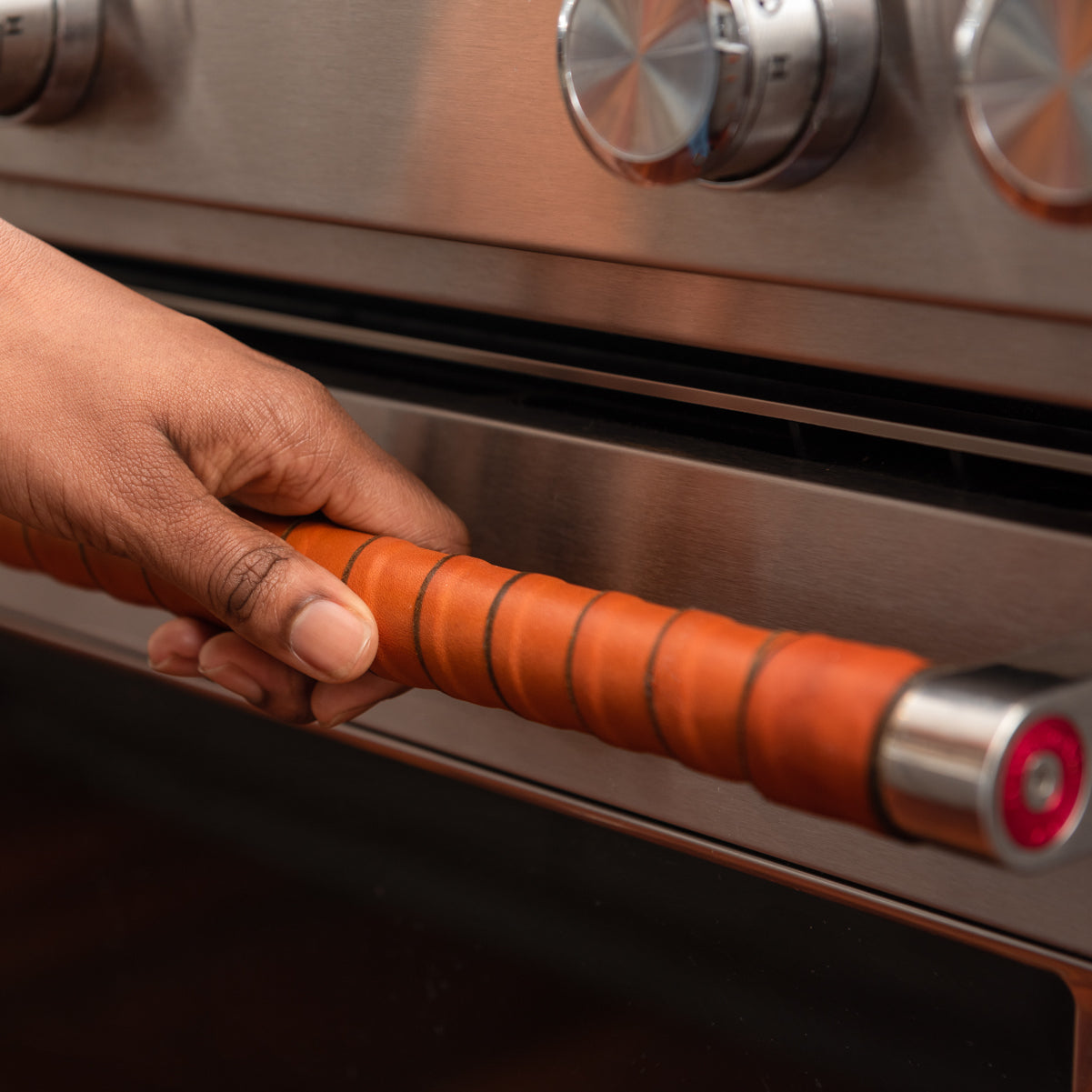
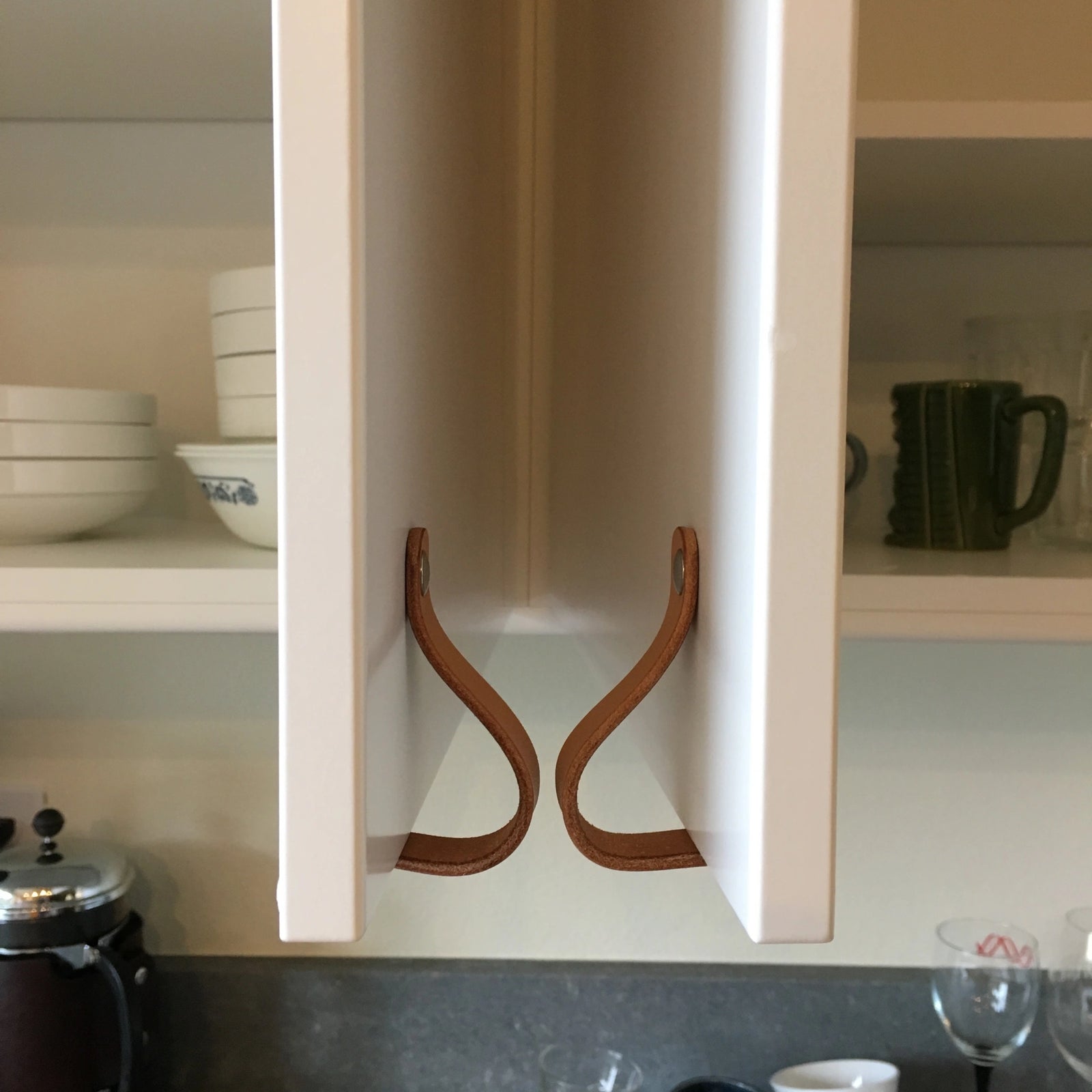
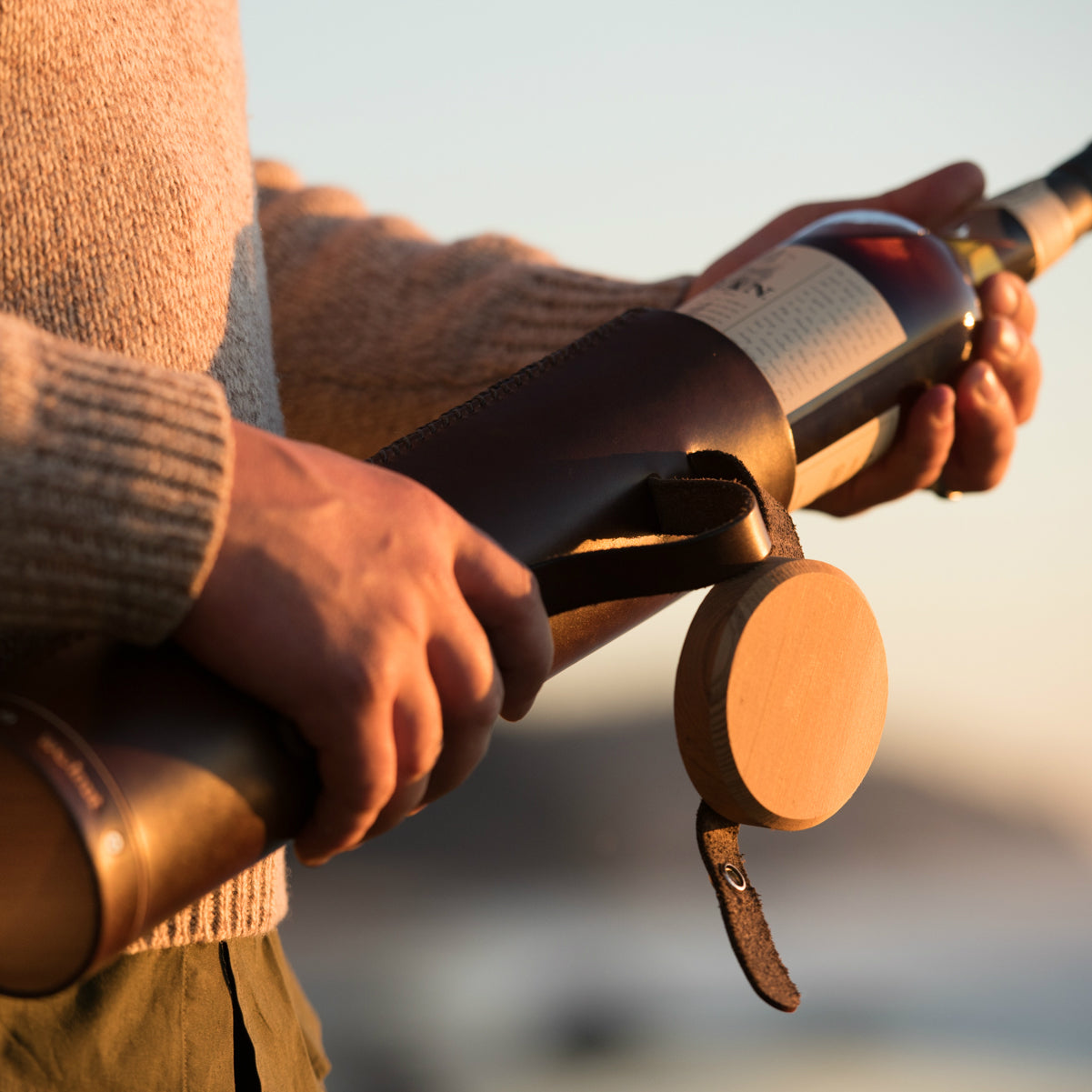
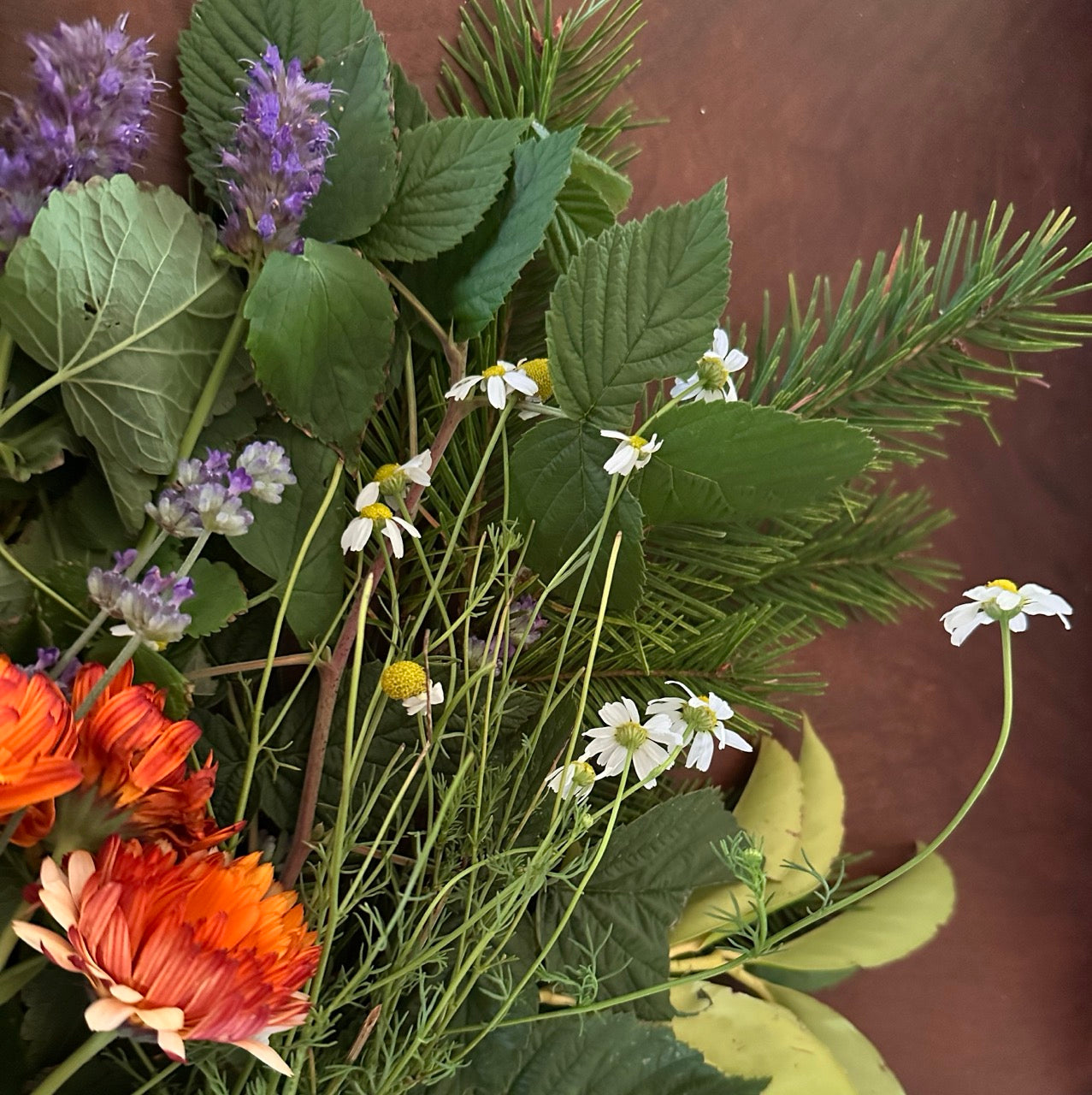
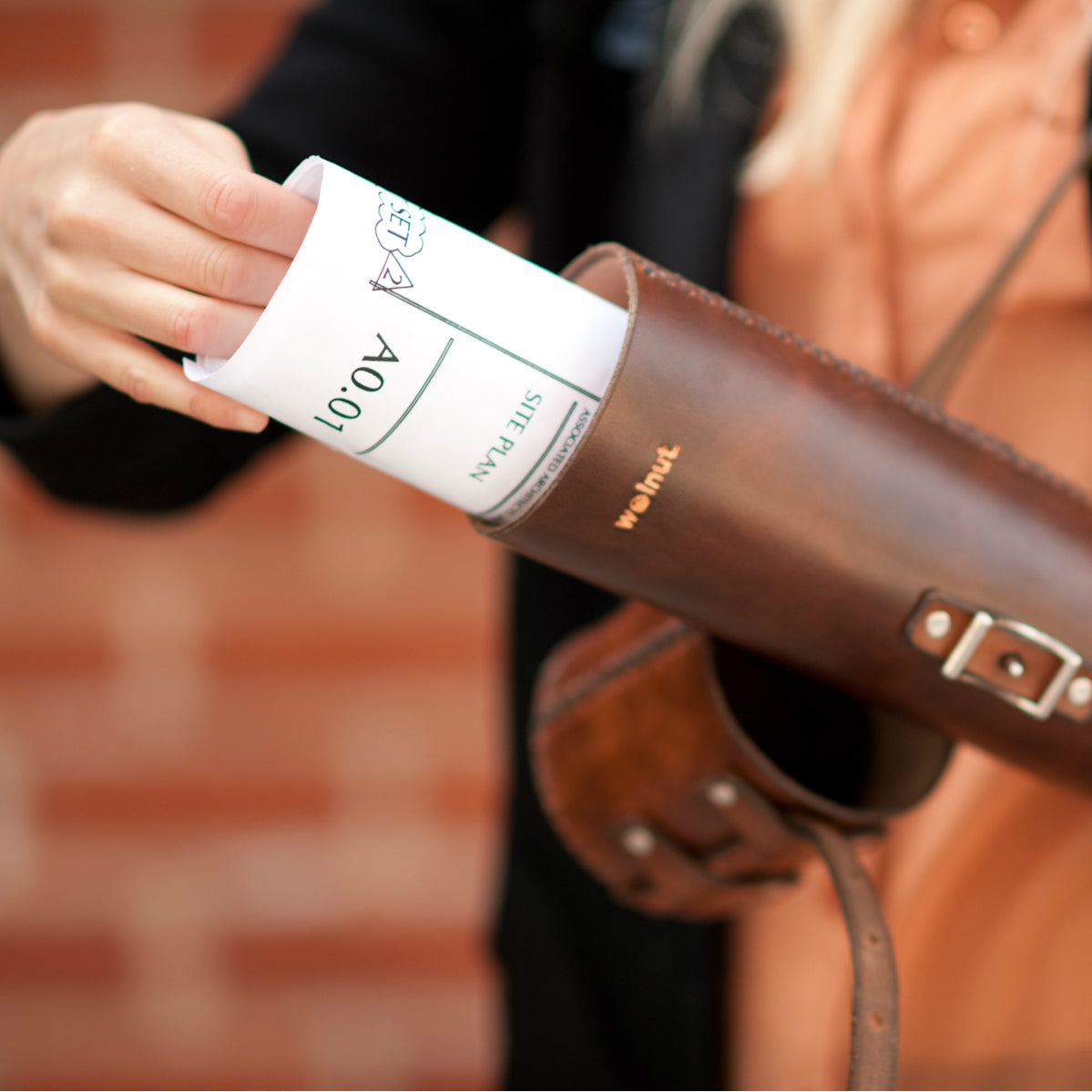
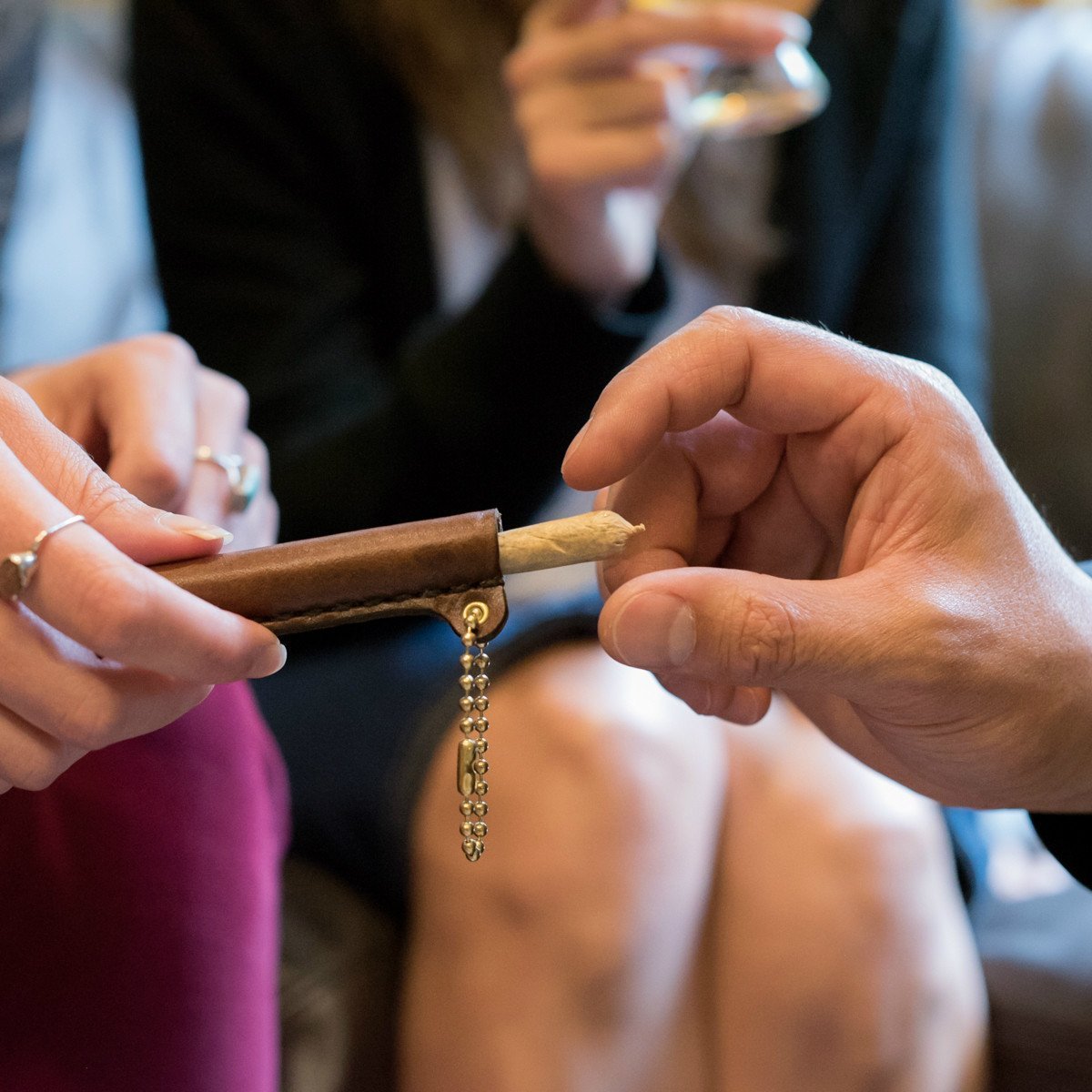
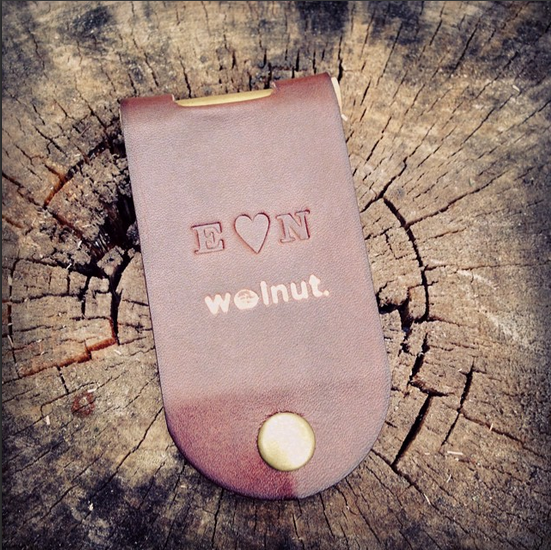
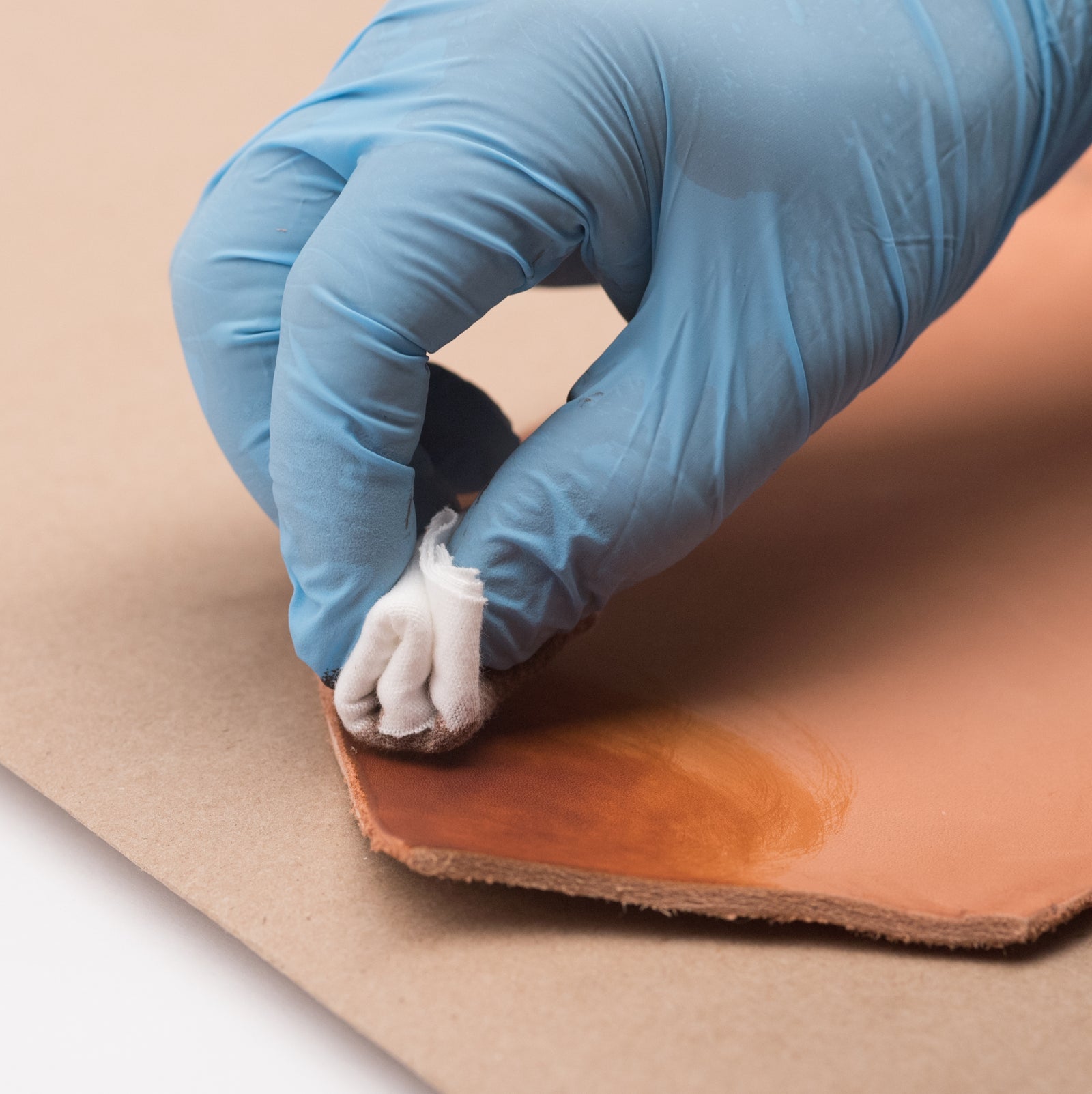
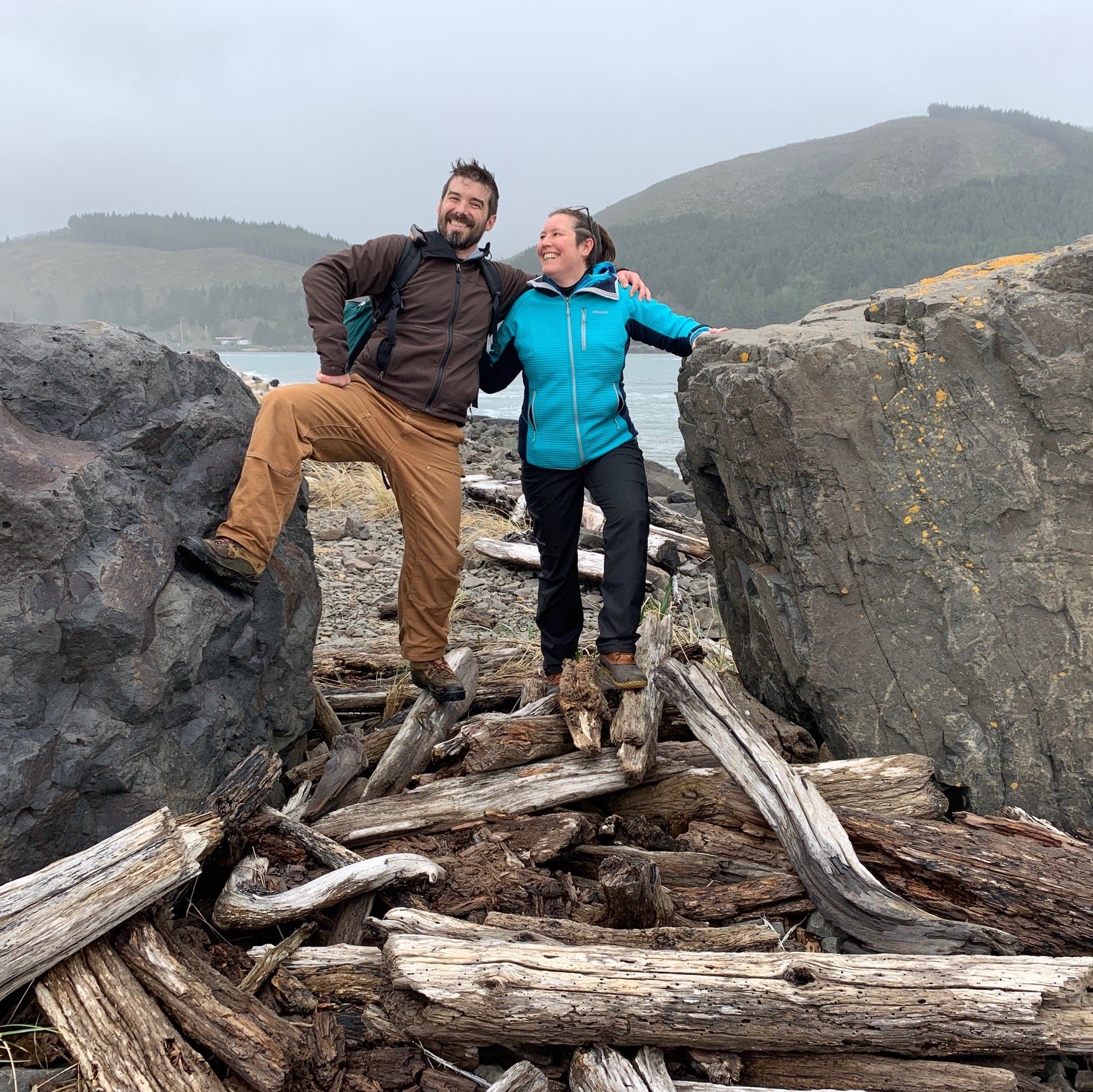
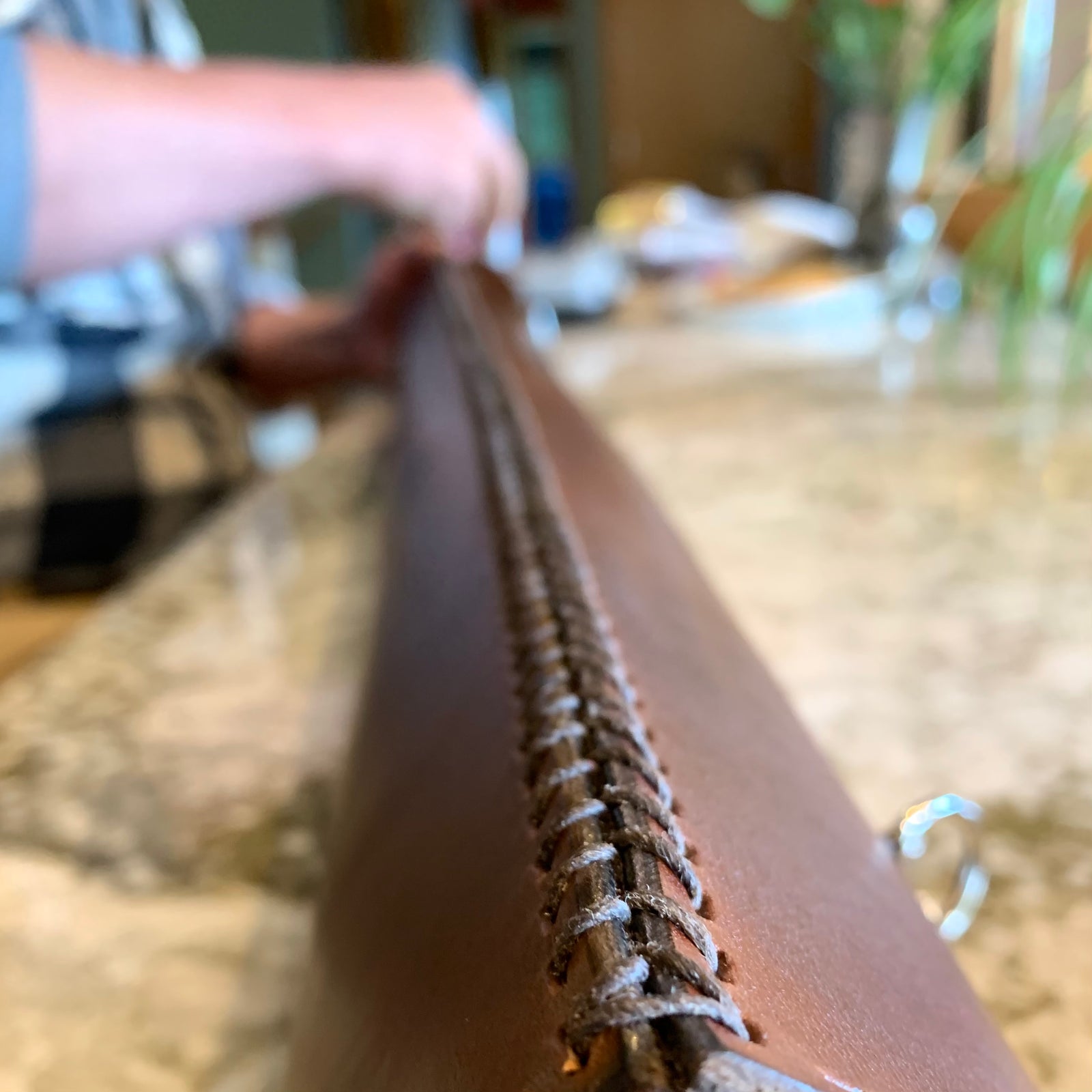
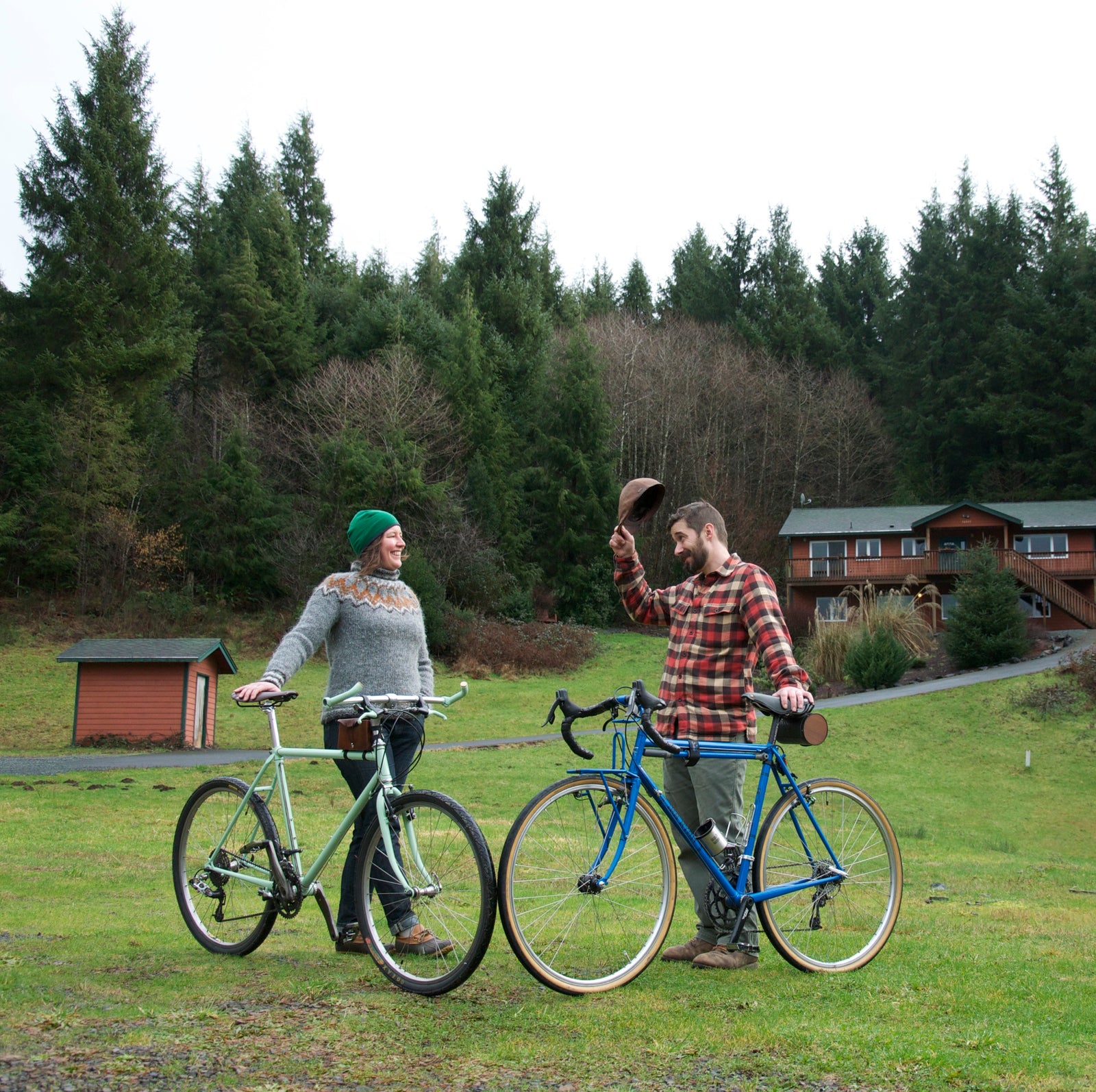
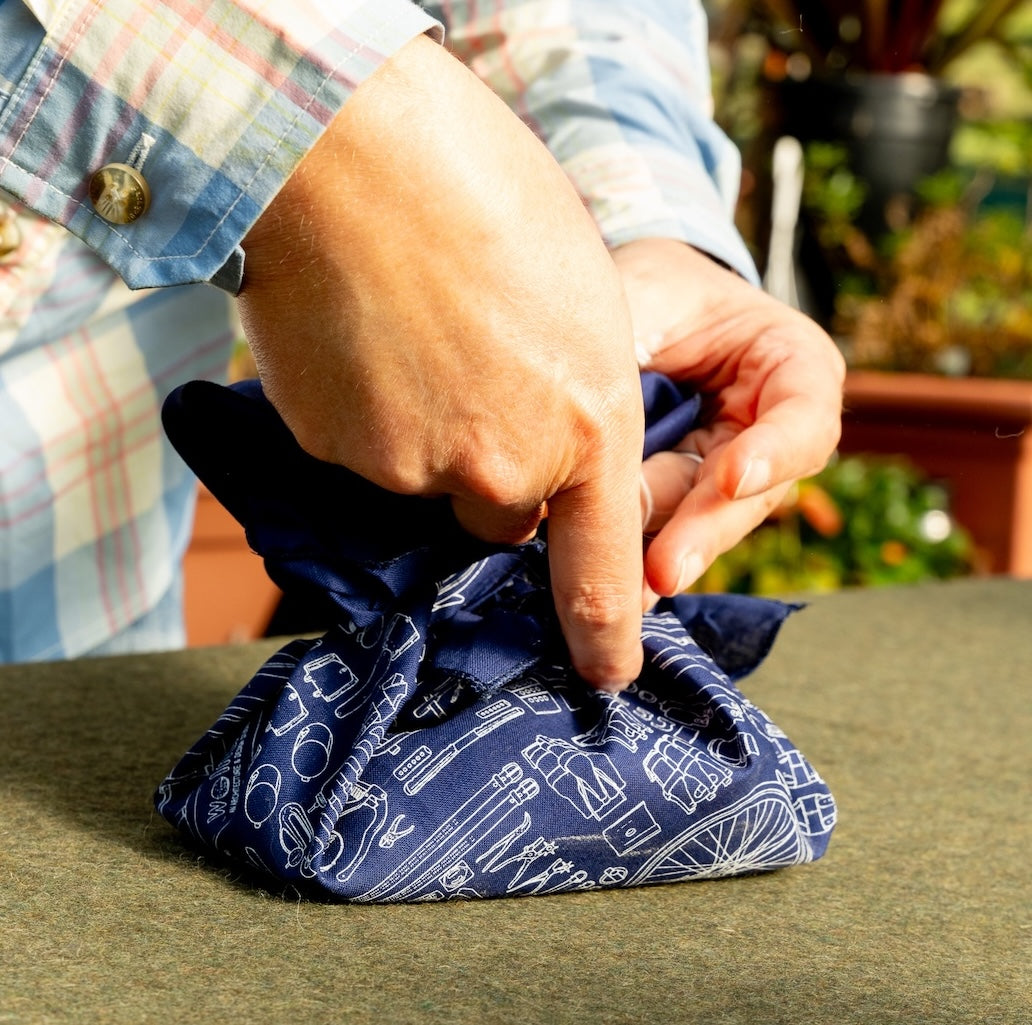
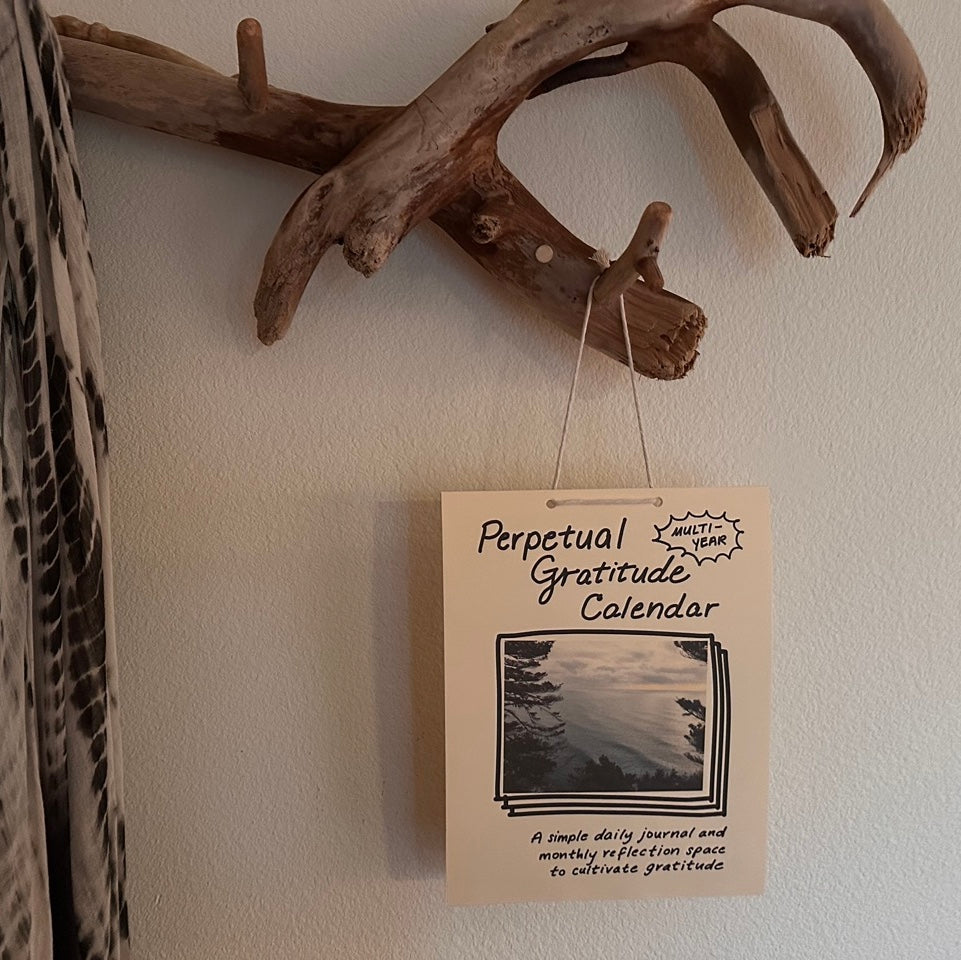
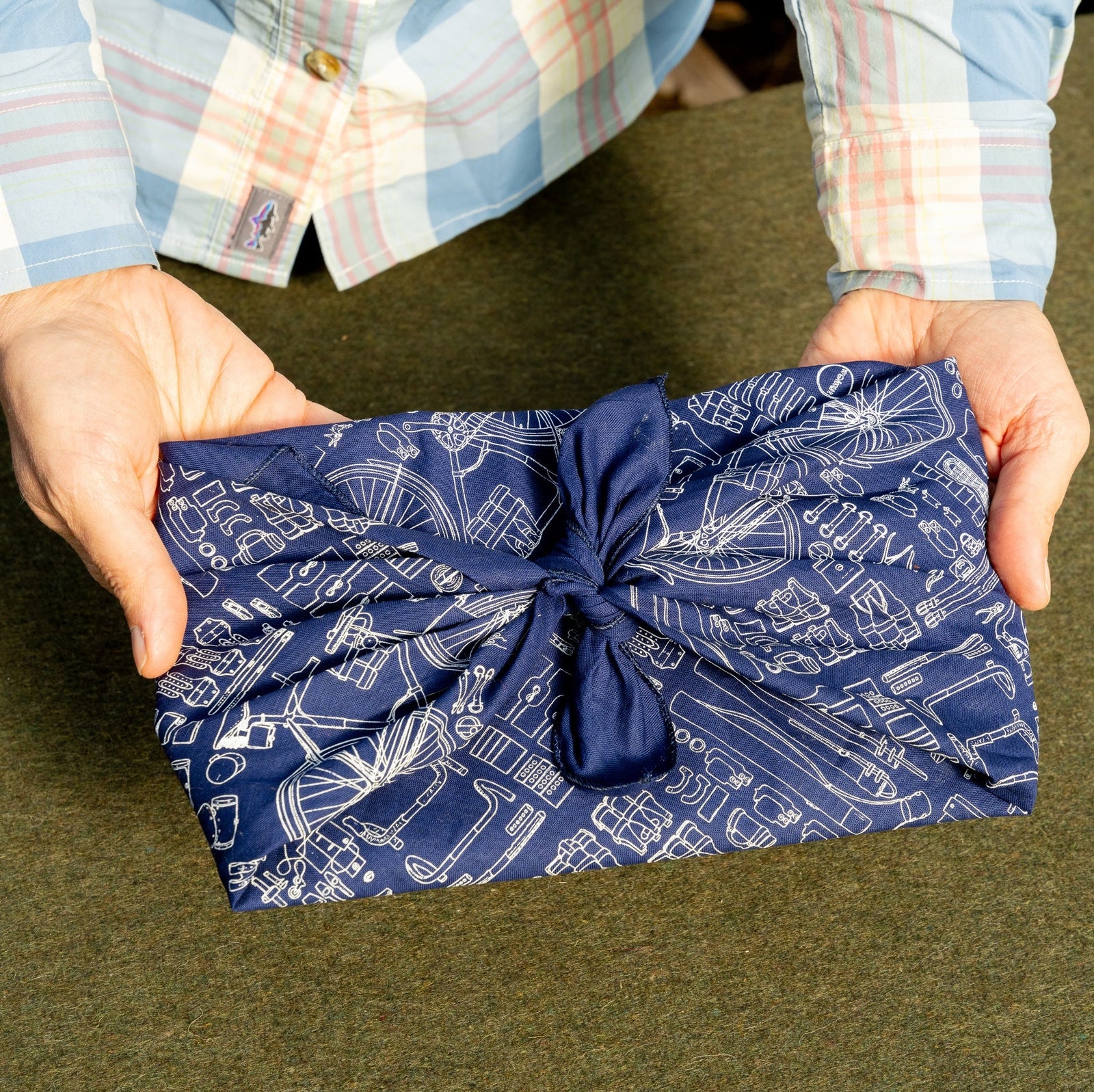
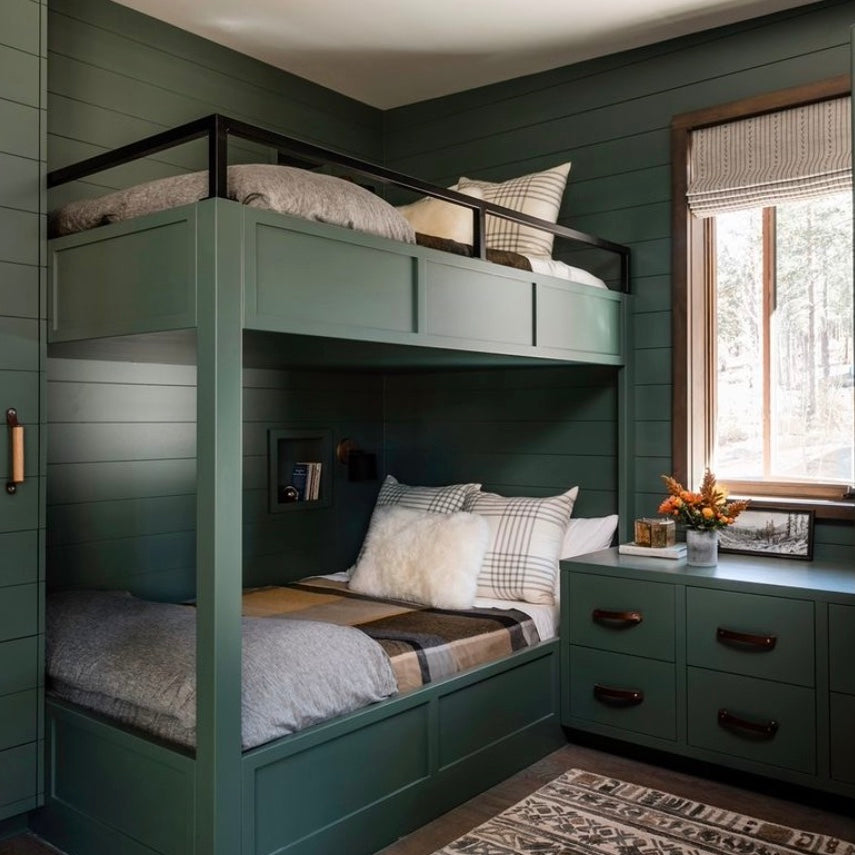
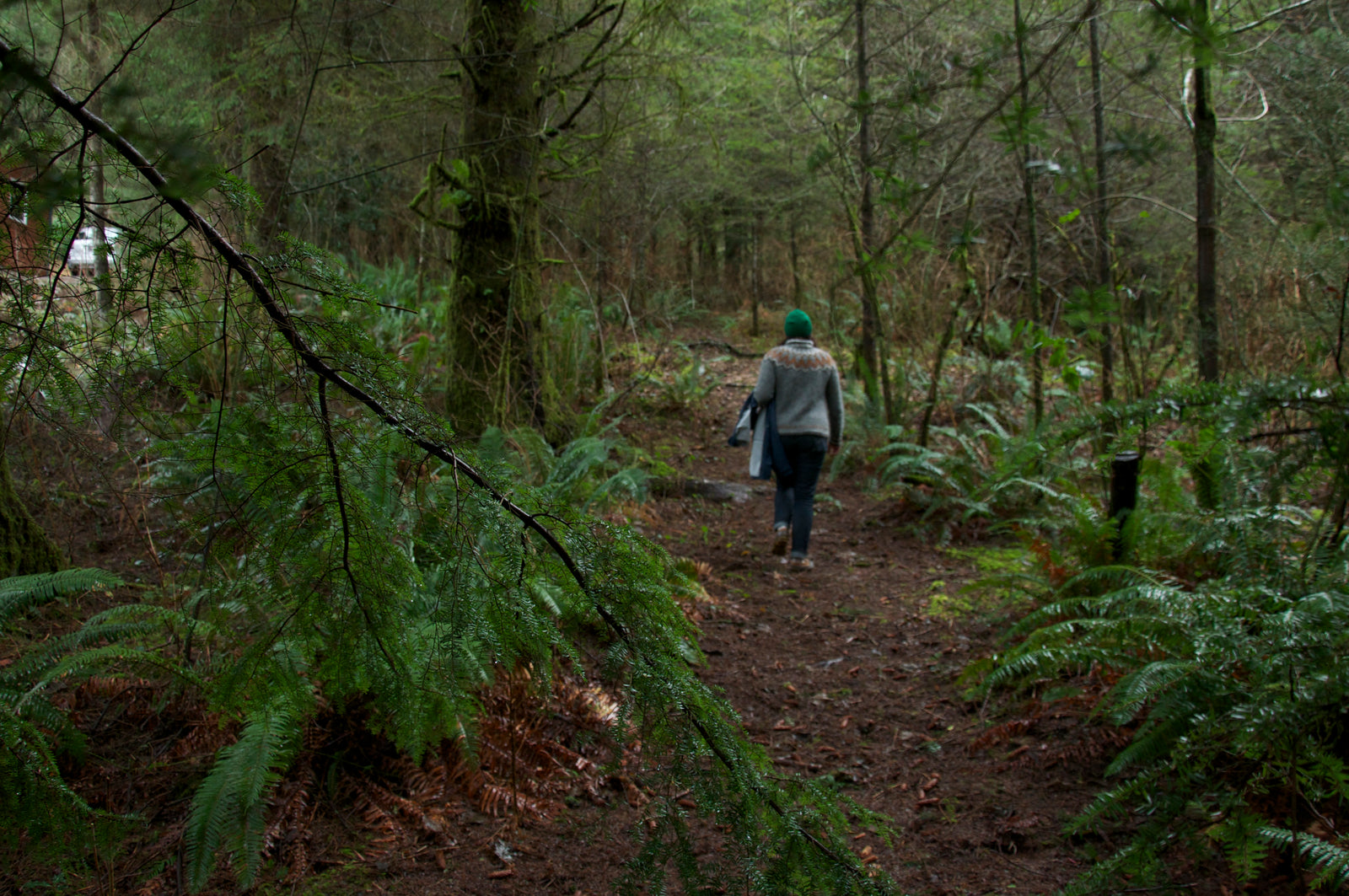
Leave a comment (all fields required)